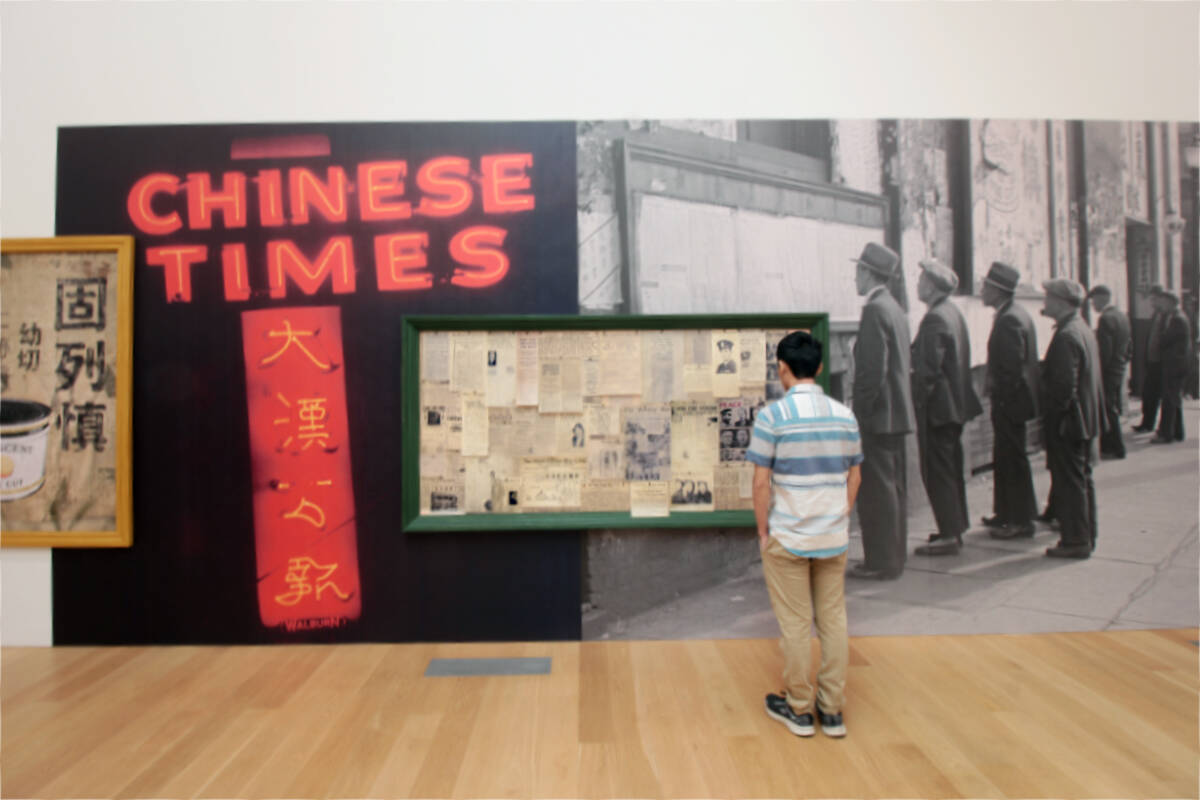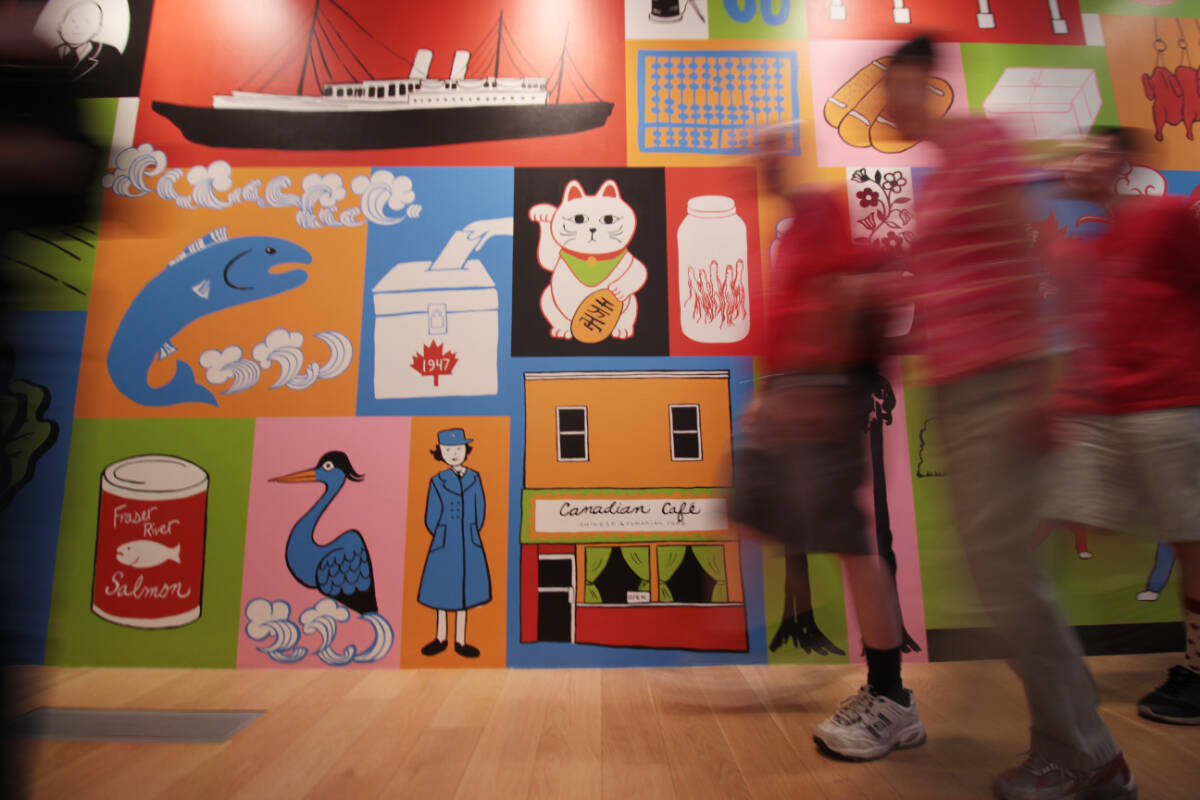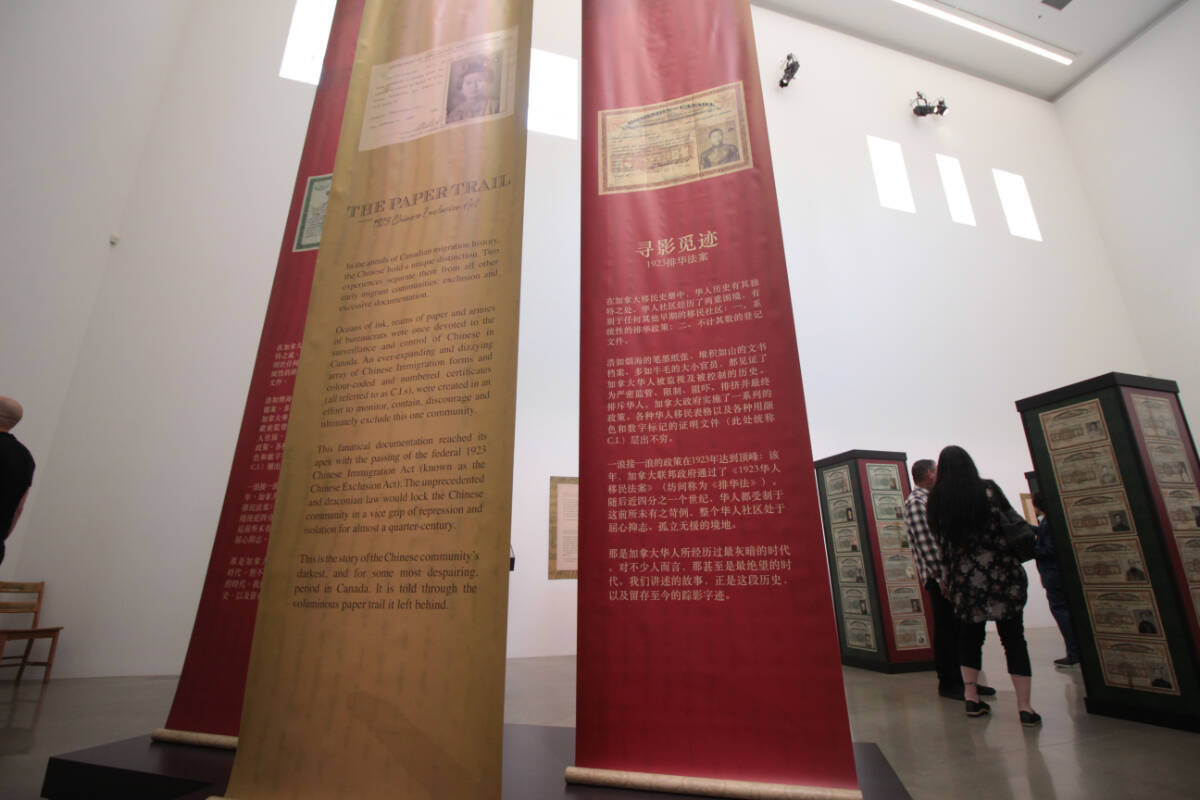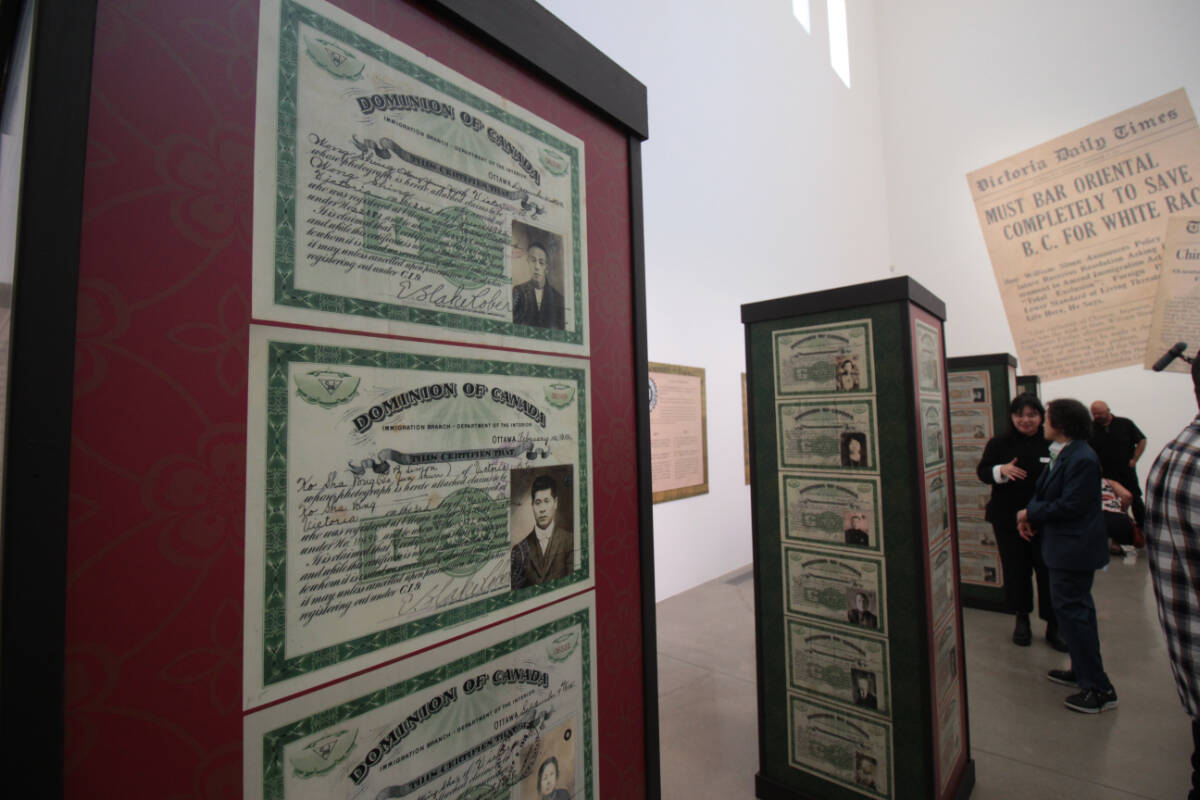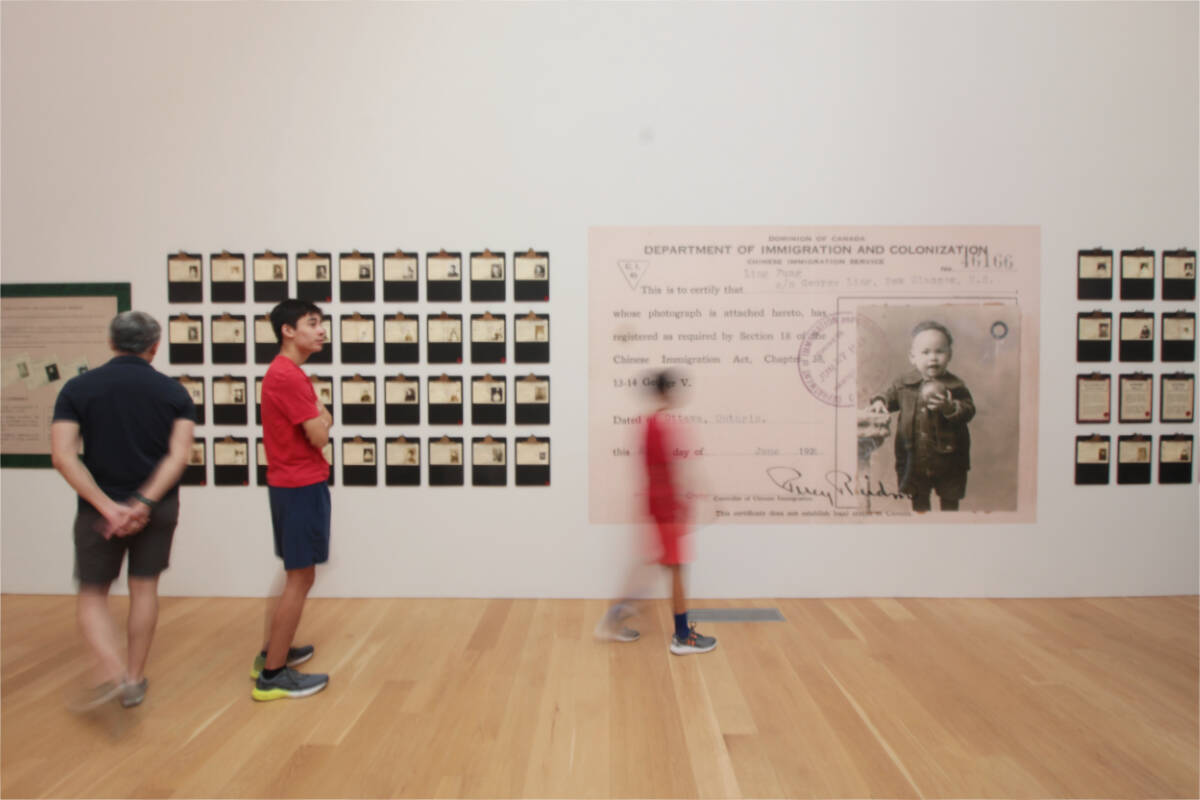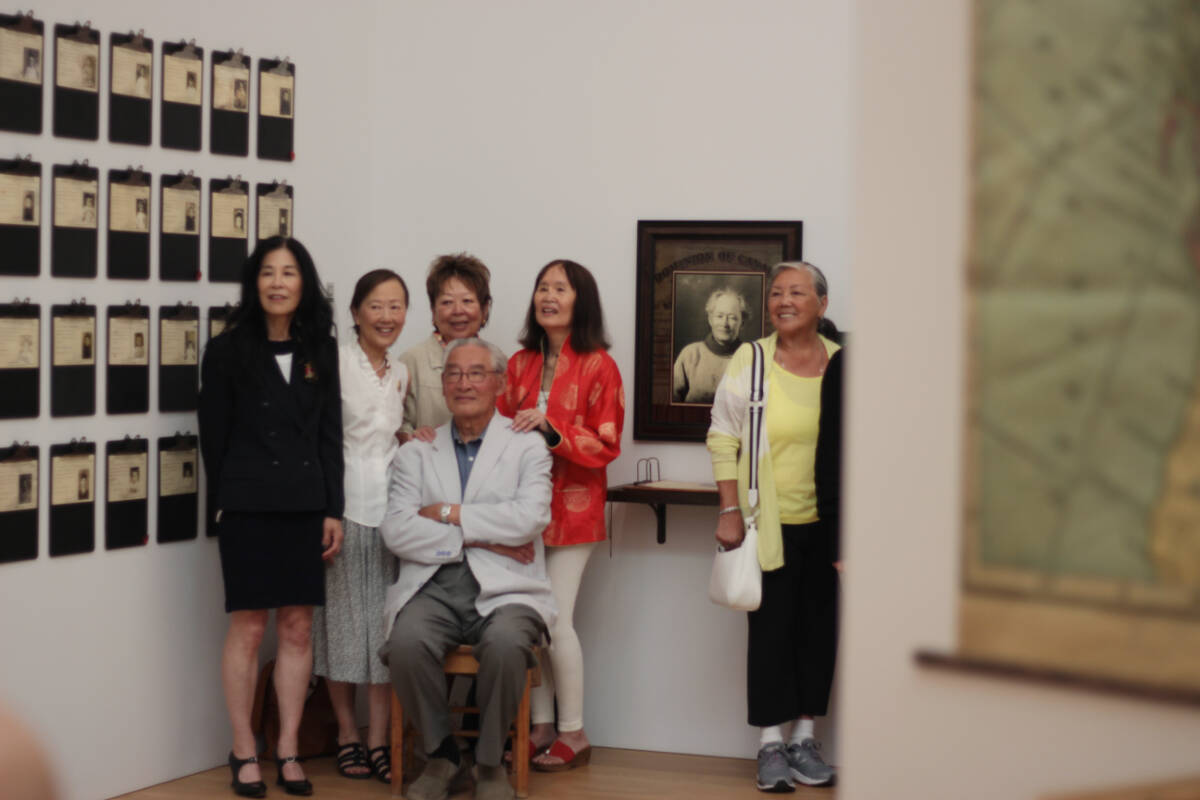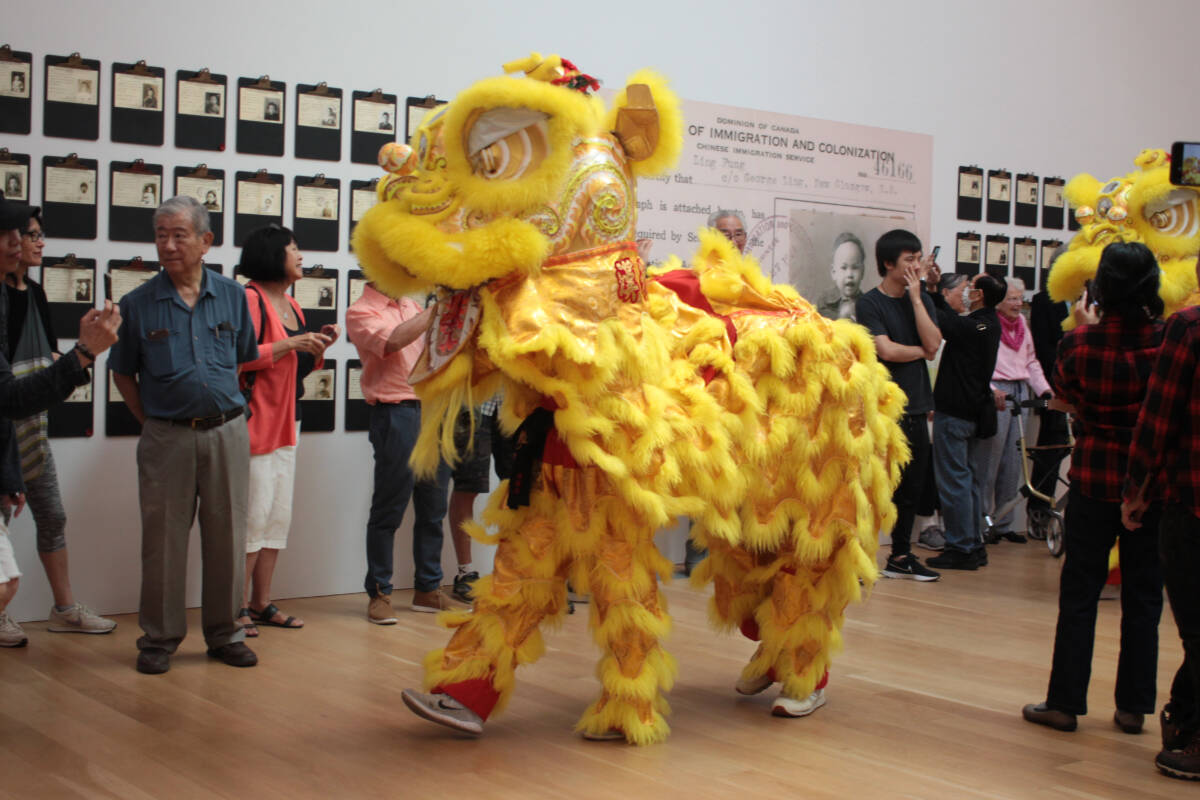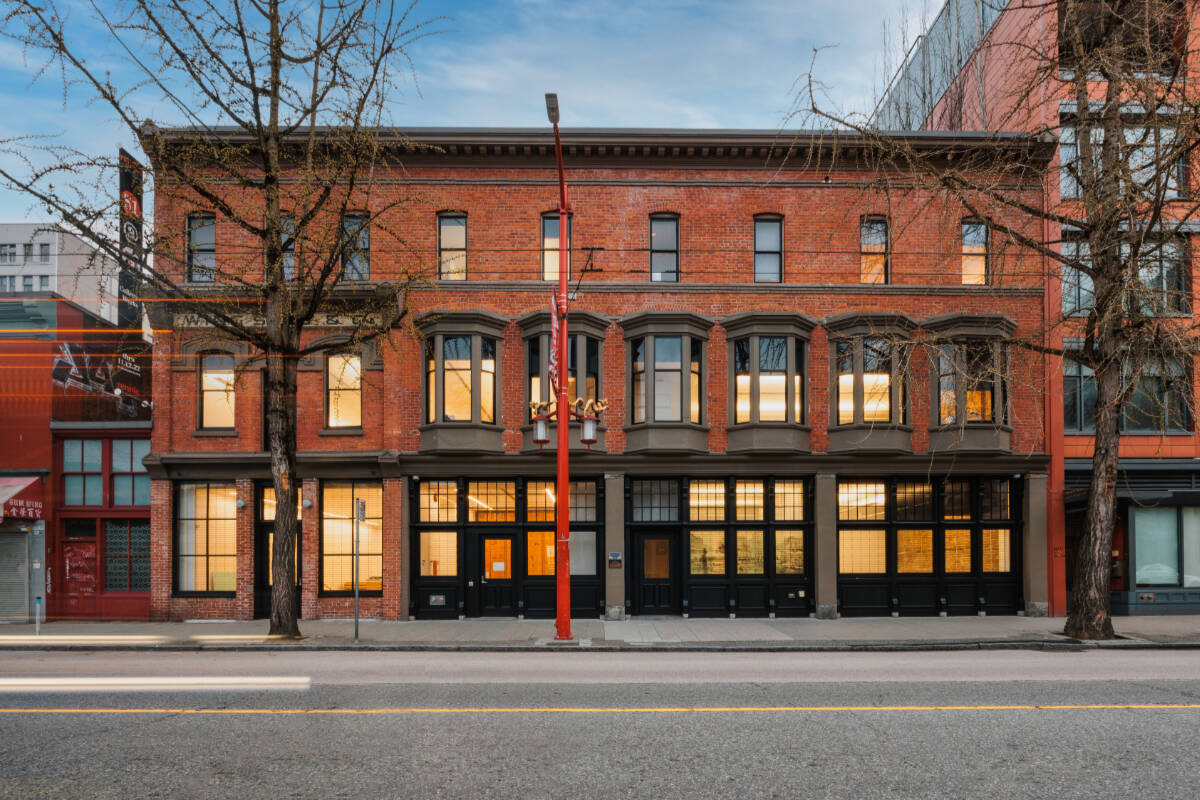Having studied both Canadian and North American history, Naomi Louie knew about the Chinese Exclusion Act. But as a Chinese Canadian, with family having been in the country for more than 100 years, she was less familiar with how people she loved had been impacted.
Louie is a UBC graduate research assistant and curatorial assistant for: The Paper Trail to the 1923 Chinese Exclusion Act, which was curated by Catherine Clement and is one of the first exhibits at the new Chinese Canadian Museum in Vancouver’s Chinatown.
“I mostly grew up hearing stories about how hard it was to be in this community, to live in Canada during such a time of intense racism and the head tax. But the one thing that wasn’t talked about was the Exclusion Act.”
Her grandparents were born during the “exclusion era,” and she said they didn’t know much about it because their parents, her great-grandparents, never talked to them about it.
“There’s this huge, huge gap of silence.”
‘Intergenerational silence’
It wasn’t until Louie’s great-aunt found her great-grandmother’s certificate that it kicked off the process of looking into their connection, and a sudden understanding of so much that had happened in their childhoods.
Many Canadians have learned about the head tax, but the Exclusion Act has been surrounded by much more silence, Louie told Black Press Media. In 1923, pressured by the B.C. government, Canada prohibited immigration from China, marking “the culmination of anti-Chinese racism and policies,” according to the federal government.
It meant that all Chinese people living in Canada, including those born here, had to register with the government or risk fines, detainment or deportation. In the 24 years before the legislation was repealed in 1947, fewer than 100 Chinese were allowed to enter the country, according to the B.C. government.
One woman who contributed to to Paper Trails said some generations didn’t talk about it because they wanted to be “normal,” and leave it in the past.
While working on Paper Trails, Clement discovered that most of the documents have been destroyed. It was an intergenerational silence, she said.
“When people got citizenship, the first thing they did was rip these things up.”
Clement, who is half-Chinese, first came across the Exclusion Act during volunteer work 14 years ago when she was asked to interview some of the last Chinese Canadians Second World War veterans. It was when she’d ask to see old photos of them that she’d regularly see these “little beige cards” from the then-Department of Immigration and Colonization.
On it, the certificate read: this certificate does not confer any legal status in Canada.
“That was the beginning. I didn’t realize at the time, and many of them never explained to me until many years later that that was a card that was created as a result of the Exclusion Act.”
Exhibit tells stories through documents, research
The exhibit takes a look at the exclusion years from 1923 to 1947, and it’s the largest display of the identification documents. The irony isn’t lost on Clement that in order to exclude people, there had to be lots of paperwork and documentation involved.
It was through the “oceans of ink” that she was able to begin to tell some of these stories.
Clement, who works to tell lesser-known stories of Chinese Canadians, has spent the last four years gathering high-resolution images of the cards from descendants and collecting their stories. But there are also the stories of the men who had no descendants.
It took searching through historical Chinese newspapers, and early on in the research Clement said she began to see a lot of stories of suicides in the year after legislation came into effect.
“Whatever they were clinging to and keeping them here, the Exclusion Act was the last straw.”
Many of those men were stuck in Canada, she said – they couldn’t go back to China and they couldn’t bring their families over. They were forced to die alone, with many in unmarked graves.
“There’s been no other group of migrants in Canada that were as heavily documented as the Chinese, and in fact, the first mass use of photo identification was for the Chinese.”
New museum to reflect legacy of Chinese immigrants
For museum CEO Melissa Karmen Lee, the first Chinese Canadian Museum in Canada opening on the 100th anniversary of the act is incredible timing.
“I hope it speaks to how far we have travelled.”
The hope for those involved is to shift the focus of Chinese migration. Most people think the first Chinese people came over in the 1850s for the gold rush, Lee said, but that’s not true.
“What’s really important about that first encounter is that they met with the Indigenous people of this land and there were intercultural relationships that began as early as 1788.”
The Chinese Canadian Museum is located in the Wing Sang Building in Vancouver, which Lee said is the oldest in Chinatown and one of the oldest in the city.
READ MORE: Chinese Canadian Museum in Vancouver gets $5.18M from feds
“I think the significance of us buying the building has a kind of permanence. We’re not going anywhere, we’re committed to doing our part in revitalizing Chinatown and bringing people back into the area.”
Recently, the museum got a $5.18-million boost from the federal government to help with the building and space renewal.
The renewal project is a three-phase multi-year project focused on revitalizing and upgrading the 21,000-sq.-ft. building, as well as expanding the amount of exhibition and programming space for future permanent and temporary displays.
That funding came on the heels of the province announcing $2.2 million May 12 to revitalize Vancouver Chinatown. The funding was provided to the Vancouver Chinatown Foundation for the restoration of storefronts and historic neon signs, and lighting upgrades for Chinatown businesses, as well as infrastructure upgrades to the Chinese Cultural Centre.
The building is named after Yip Sang, a prominent Chinese Canadian man in Vancouver. He was an orphan from China who worked in the import and export business and went on to have a very large family, with 23 children living in the building through their lives.
“Basically, if you know a Yip who is Chinese Canadian, they’re probably related somehow to this building.”
The museum, located at 51 E Pender St., officially opened July 1.
READ MORE: Legacy of sacrifice and success at core of Vancouver’s Chinatown Storytelling Centre
@laurenpcollins1
lauren.collins@blackpress.ca
Like us on Facebook and follow us on Twitter.
